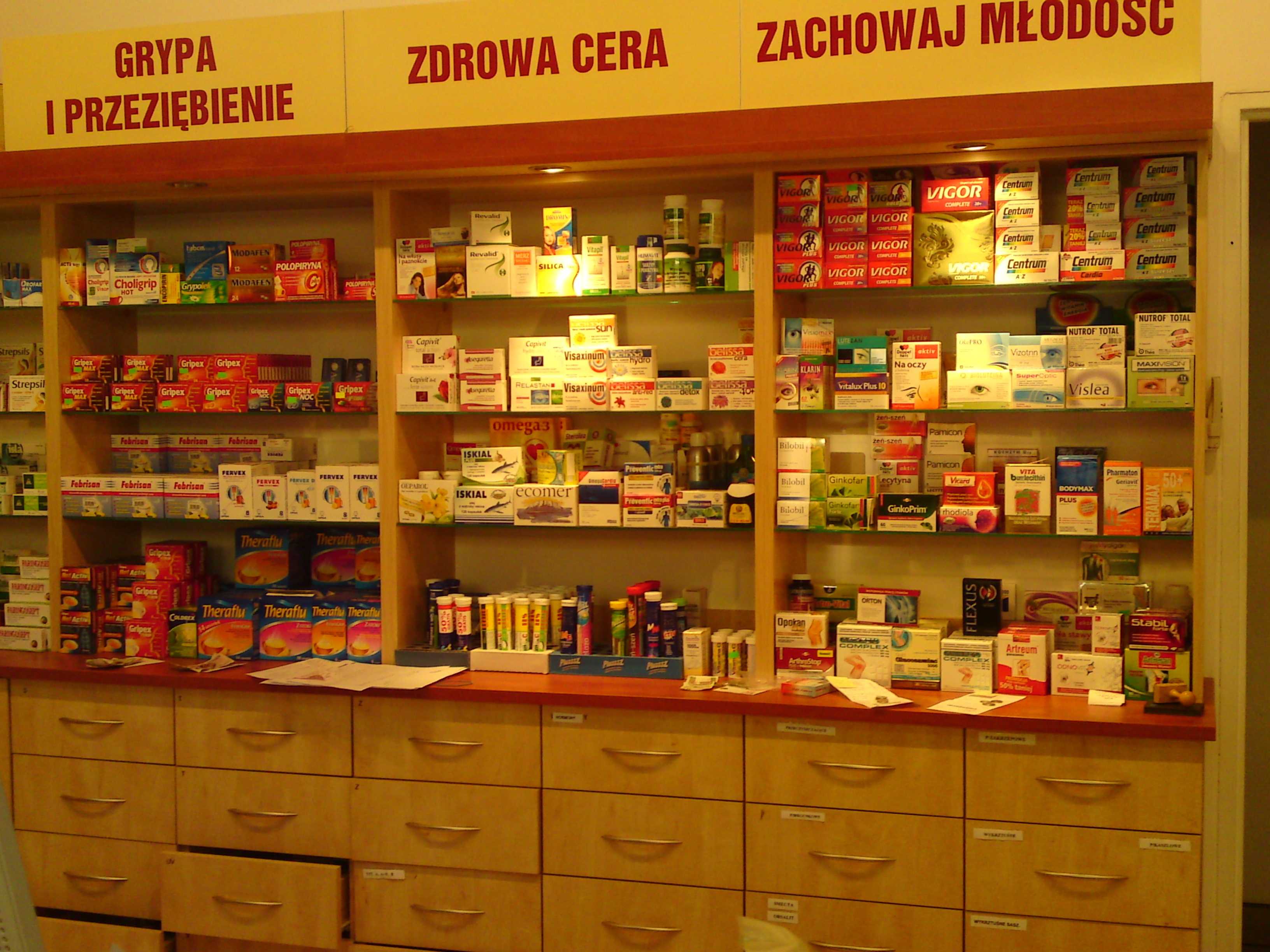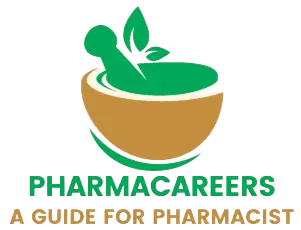-
NPPA Announces Increase in Drug Prices: What You Need to Know
NPPA Announces Increase in Drug Prices: What You Need to Know In a recent development that has garnered significant attention, the National Pharmaceutical Pricing Authority (NPPA) has announced an increase in the ceiling prices of several essential drugs. This decision, effective from October 8, 2024, is a strategic move aimed at addressing the dynamic challenges in the pharmaceutical sector while ensuring that life saving medications remain both accessible and available to the public. Understanding the National Pharmaceutical Pricing Authority (NPPA) The National Pharmaceutical Pricing Authority (NPPA) was established in 1997 under the Ministry of Chemicals and Fertilizers, Government of India. Its primary role is to ensure the availability and affordability of medicines by regulating drug prices in the country. The NPPA monitors the prices of scheduled drugs under the Drug Prices Control Order (DPCO) and ensures that manufacturers comply with the prescribed ceiling prices. This regulatory body plays a crucial role in protecting consumer interests and promoting rational use of medicines. What is a Ceiling Price? A ceiling price is the maximum price that can be charged for a product or service, set by the government to protect consumers from excessive pricing. In the context of pharmaceuticals, the NPPA sets the ceiling prices for essential medicines listed under the DPCO. These prices are determined based on various factors, including the cost of production, market demand, and economic conditions. The primary objective is to make essential medicines affordable while ensuring that manufacturers can sustain their operations and continue to supply these drugs. Recent Changes in Drug Prices The NPPA has recently approved a 50% increase in the ceiling prices of eleven scheduled ulations of eight drugs. These drugs are crucial for treating a range of medical conditions, including asthma, glaucoma, thalassemia, tuberculosis, and mental health disorders. The price hike is primarily attributed to the rising costs of Active Pharmaceutical Ingredients (APIs), production expenses, and fluctuations in exchange rates. The NPPA has emphasized that this adjustment is necessary to ensure the continued availability of these essential drugs in the market.…
-
Pharmacy Practice MCQ
Pharmacy Practice MCQ, in this article we will solve, Practice MCQ under subject Microbiology. Read following article for your reference. Equipment’s Employed In Large Scale Sterilization » PHARMACAREERS What is the primary purpose of a large-scale sterilizer? a) To reduce microbial load b) To completely eliminate all s of microbial life c) To disinfect surfaces d) To clean equipment Which equipment is commonly used for steam sterilization? a) Ethylene oxide sterilizer b) Autoclave c) UV sterilizer d) Dry heat oven In large-scale sterilization, what is the main advantage of using autoclaves? a) Low cost b) Short cycle time c) No chemical residues d) High temperature stability Which of the following is NOT typically used in large-scale sterilization? a) Ethylene oxide gas b) Gamma radiation c) Hydrogen peroxide vapor d) Chlorine tablets What is the main component of a sterilization cycle in an autoclave? a) Heat and humidity b) Chemical disinfectants c) Dry heat d) Ultraviolet light Which sterilization method is most effective for heat-sensitive materials? a) Steam sterilization b) Dry heat sterilization c) Ethylene oxide gas sterilization d) Boiling…
-
Sterility Indicator
Sterility Indicator Sterility indicators are essential tools in the field of microbiology and pharmaceutical sciences, playing a crucial role in ensuring the effectiveness of sterilization processes. These indicators are designed to validate that sterilization procedures have successfully eliminated all s of microbial life, including the most resistant bacterial spores. By providing a reliable measure of…
-
Pharmacy Practice MCQ
Pharmacy Practice MCQ, in this article we will solve, Practice MCQ under subject Microbiology. Read following article for your reference. Evaluation Of The Efficiency Of Sterilisation Methods » PHARMACAREERS What is the primary goal of sterilization? a) To reduce microbial load b) To completely eliminate all s of microbial life c) To disinfect surfaces d) To clean equipment Which of the following is a common sterilization method used in hospitals? a) Ultraviolet radiation b) Alcohol swabbing c) Autoclaving d) Boiling water Ethylene oxide gas is primarily used for sterilizing: a) Surgical instruments b) Laboratory glassware c) Heat-sensitive medical equipment d) Food products What is a biological indicator in sterilization? a) A chemical that changes color when sterilization is complete b) A microorganism used to test the effectiveness of sterilization c) A physical device that records temperature and pressure d) A visual indicator on packaging Which factor does NOT affect the efficiency of sterilization? a) Time of exposure b) Concentration of sterilizing agent c) Size of the object being sterilized d) Temperature during sterilization Which of the following is a physical method of sterilization? a) Ethylene oxide gas b) Gamma irradiation c)…
-
Equipment’s Employed in Large Scale Sterilization
Equipment’s Employed in Large Scale Sterilization In the realm of microbiology and pharmaceutical industries, ensuring the complete elimination of microbial life is paramount. This process, known as sterilization, relies heavily on specialized equipment to achieve large-scale results. In this article, we delve into the various equipment employed in large-scale sterilization, exploring their functions, applications, and significance…
-
Top 10 Pharmaceutical Industries in India: Pioneers of Innovation and Healthcare
Top 10 Pharmaceutical Industries in India: Pioneers of Innovation and Healthcare India’s pharmaceutical industry stands as a global powerhouse, renowned for its significant contributions to healthcare and medicine. With a rich history of innovation, these companies have not only catered to the domestic market but have also made a substantial impact on the global stage.…
-
Pharmacy Practice MCQ
Pharmacy Practice MCQ, in this article we will solve, Practice MCQ under subject Microbiology. Read following article for your reference. Principle, Procedure, Merits, Demerits And Applications Of Mechanical Method Of Sterilization » PHARMACAREERS What is the primary principle of mechanical sterilization? A) Chemical removal of microorganisms B) Physical removal of microorganisms C) Thermal removal of microorganisms D) Biological…
-
Evaluation of The Efficiency of Sterilisation Methods
Evaluation of The Efficiency of Sterilisation Methods In the realm of microbiology and pharmaceutical sciences, ensuring the complete elimination of microbial life is paramount. The evaluation of the efficiency of sterilisation methods is a critical process that guarantees the safety and sterility of laboratory and clinical environments. This article delves into various sterilisation techniques, including autoclaving, dry…
-
Pharmacy Practice MCQ
Pharmacy Practice MCQ, in this article we will solve, Practice MCQ under subject Microbiology. Read following article for your reference. Principle, Procedure, Merits, Demerits And Applications Of Gaseous And Radiation Sterilization » PHARMACAREERS Which gas is commonly used in gaseous sterilization? a) Nitrogen b) Ethylene oxide c) Oxygen d) Carbon dioxide What is the primary mechanism of action…
-
Principle, Procedure, Merits, Demerits and Applications of Mechanical Method of Sterilization
Principle, Procedure, Merits, Demerits and Applications of Mechanical Method of Sterilization Sterilization is a critical process in microbiology and pharmacy, ensuring that all s of microbial life are effectively eliminated from various materials and environments. Among the various sterilization techniques, the mechanical method stands out for its unique approach. This article delves into the principles, procedures,…
Search
Archive
Categories
Recent Posts
Gallery








